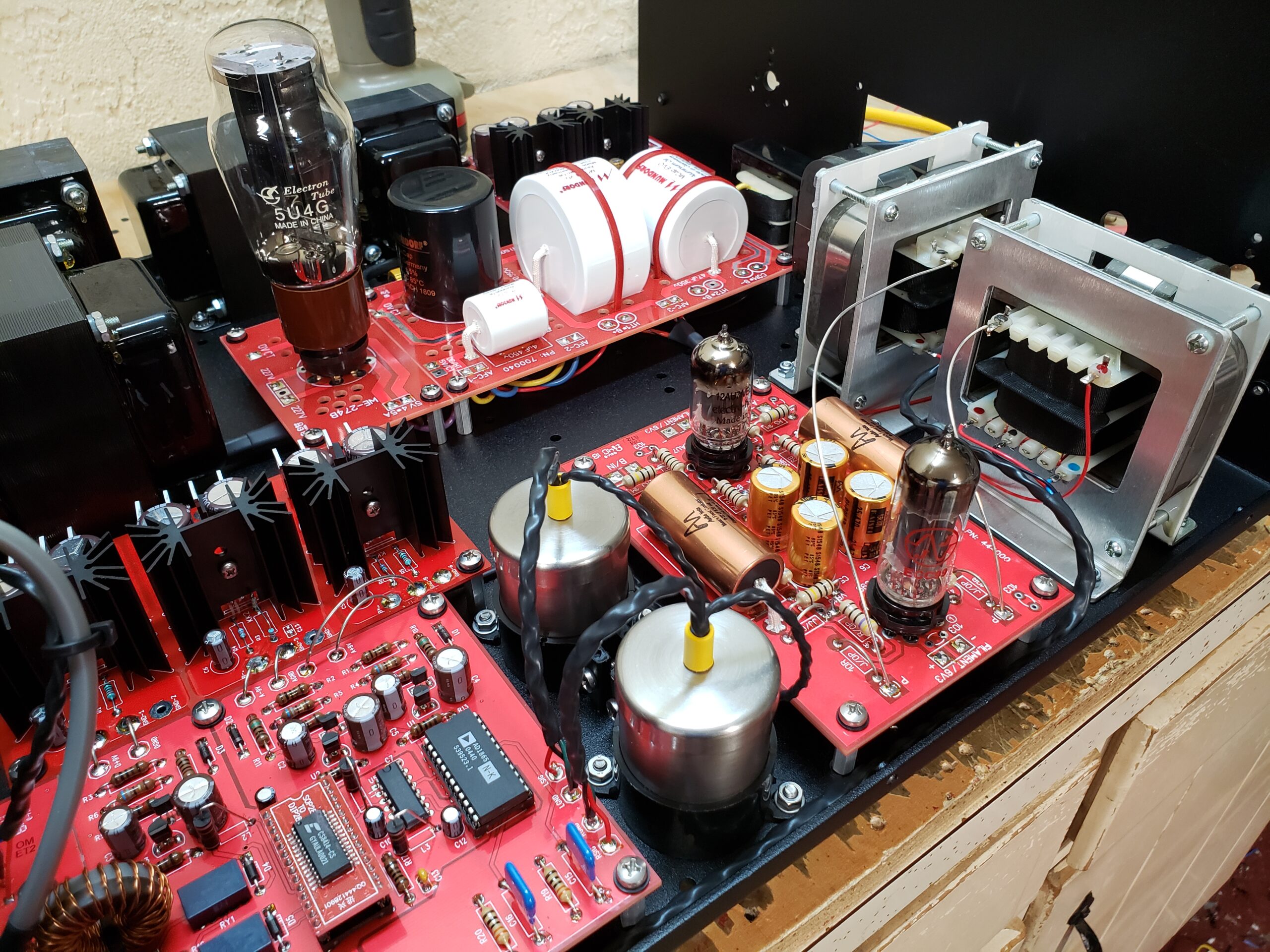Richard Austen
Junior Member
You gotta love the cheap ass box it comes in. Still, the best-sounding integrated amplifier I have auditioned. Not the top of the line anymore - the Legend runs $850,000 or so. I need a new job. Still, I enjoyed my audition on Monday with the 300B Meishu Tonmeister (~9k) basic model. The Meishu runs $9k-25k depending on version and is the number one selling Audio Note amplifier that was designed by Guy Adams of Voyd Turntables for Audio Note. The Tonmeister is the newer version and uses the Ongaku Power supply design. I have never been a fan of the 300B until the Tonmeister finding the 300B a little too soft and vague and completely ill-suited for rock - the Tonmeister fixes all that. Interestingly, the dealer prefers the basic version to the more expensive silver version because while the silver has more hi-fi strengths - air and separation - it loses some of the midrange magic. I will be comparing the Meishu Tonmesiter integrated to the M6 Preamp(which I own) with a P3 Silver Tonemsiter (which is the power amp version of the Meishu Tonmeister). And also against the Jinro which is the Copper version (and dramatically less expensive version) of the Ongaku.
The dealer in Hong Kong
Speakers (don't need corners). AN E/SPE HE Hemp (HE=High Efficiency, SPE = the silver cable used internally, Hemp = woofer cone material)
CD player used is the CD 4.1x which houses the CDT Two/II Transport (A Philips Pro 2LF) and DAC 2.1x (non-oversampling DAC 1865N) with valve power supplies $13,000. The new CD 5.1 ($35k) was sold out. I am still kind of amazed that people are still buying $13k CD players um $35k CD players - still they are quite special.
I own the same TT3 turntable and PSU1 power supply(bottom right)
Mesihu Tonmeister on floor front right
Jinro on floor front left
Cables are all Lexus copper - Not too pricey for AN - Biwired (Fairly sure they would be under $800).

The unboxing video for the Ongaku
The dealer in Hong Kong
Speakers (don't need corners). AN E/SPE HE Hemp (HE=High Efficiency, SPE = the silver cable used internally, Hemp = woofer cone material)
CD player used is the CD 4.1x which houses the CDT Two/II Transport (A Philips Pro 2LF) and DAC 2.1x (non-oversampling DAC 1865N) with valve power supplies $13,000. The new CD 5.1 ($35k) was sold out. I am still kind of amazed that people are still buying $13k CD players um $35k CD players - still they are quite special.
I own the same TT3 turntable and PSU1 power supply(bottom right)
Mesihu Tonmeister on floor front right
Jinro on floor front left
Cables are all Lexus copper - Not too pricey for AN - Biwired (Fairly sure they would be under $800).

The unboxing video for the Ongaku



